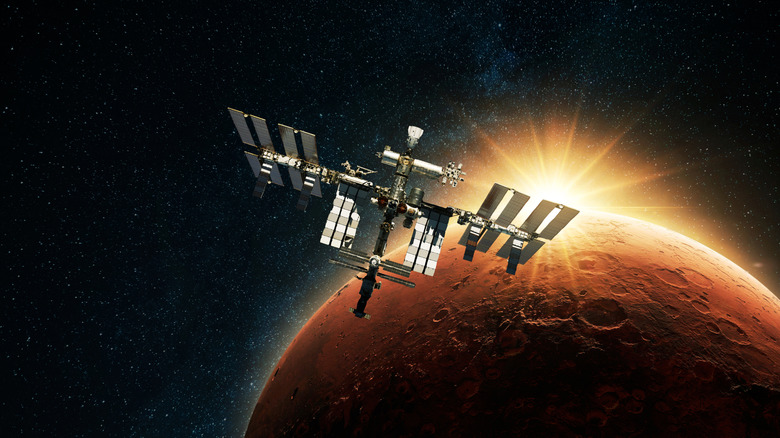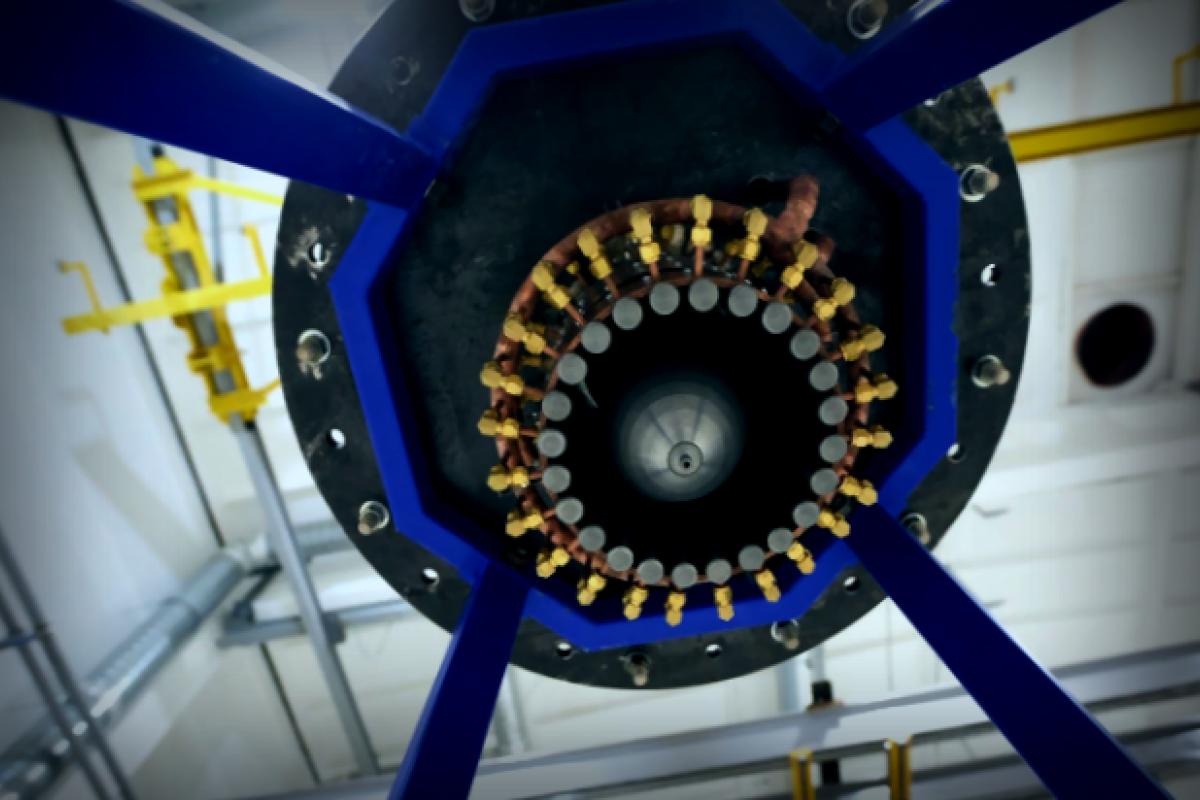In a lab located in Troitsk, Russia, a groundbreaking development is apparently bringing us closer to just hopping over to Mars. Scientists from Rosatom, the country’s state nuclear company, have unveiled a working prototype of a plasma propulsion engine that they promise could take us to Mars in just 30 to 60 days.
This innovative engine ditches the conventional fuel burning method in favor of electromagnetic propulsion, shooting a high-speed stream of ionized hydrogen atoms out of the engine. Its thrust is only about 6 newtons, which is pretty simple next to traditional rocket engines; however, it’s around 60 times more powerful than conventional ion thrusters like NASA’s Dawn. By applying this steady push for several weeks, we could end up with astounding speeds.
Test results showed that the charged particles reached impressive speeds of roughly 100 kilometers per second (about 62 miles per second). That makes it about 25 times quicker than your standard chemical rocket! The impressive part is how efficiently this engine works. Instead of burning tons of fuel in no time, this plasma engine operates by steadily converting cleaner nuclear-powered electricity into thrust.
Understanding Electromagnetic Propulsion

Instead of lighting up fuel, this design uses a couple of charged electrodes to create a magnetic field. When hydrogen gas passes between these electrodes, electrons get stripped away, effectively creating plasma. This plasma is propelled out the back of the engine, generating the thrust we need. While it may not match some of the biggest rocket engines in terms of power, each tiny pulse contributes to a continuous push that can build up momentum in the vacuum of space.
The prototype runs on about 300 kilowatts, which necessitates a nuclear power source—not just sunlight! Inside a new 14-meter-long vacuum chamber, the engineers are monitoring how the system deals with continuous operation and heat management. One advantage of this system is that the plasma doesn’t have to be heated to extreme levels, allowing the engine’s components to avoid the usual wear that comes from traditional combustion thrusters.
Just check out the numbers: the specific impulse—a measurement of how effectively fuel is used—hits numbers near 10,000 seconds, outshining the 4,000 to 5,000 seconds typical for existing electric thrusters. If engineers can successfully match it with a small nuclear generator, future spacecraft could roam the inner solar system without carrying massive fuel reserves, and don’t forget about those perfect launch windows!
A Safer and Faster Path to Mars

When it comes to space travel, cutting down the travel time can really make a difference—maybe even save lives. Being able to finish a trip in weeks rather than taking a whole year would significantly reduce astronauts’ risks from cosmic radiation and microgravity effects. If Rosatom’s plasma engine works as intended, a round trip to Mars might become viable with less shielding and fewer health concerns!
This technology is part of a larger surge in advanced propulsion systems. NASA is pushing for nuclear-powered rockets, private companies are exploring VASIMR plasma drives, and researchers in Europe are testing water-propulsion technology for smaller satellites. What makes Rosatom’s contribution stand out is the potential to scale it up. By 2030, this plasma propulsion technology could serve as a powerful electric engine for deep-space missions and crew journeys.
Skeptics will still have doubts until they see concrete proof of the technology’s claimed powers. Still, it’s an exciting concept! Rosatom’s clever blend of plasma physics and nuclear energy might finally provide the ongoing and efficient power necessary to make Mars a destination measured in weeks instead of years.
Looking for the latest in technology and automotive trends? Sign up for our free newsletter to keep up with all the news, expert tips, and guidance—delivered straight to your inbox.
Check out the original article on SlashGear.




















